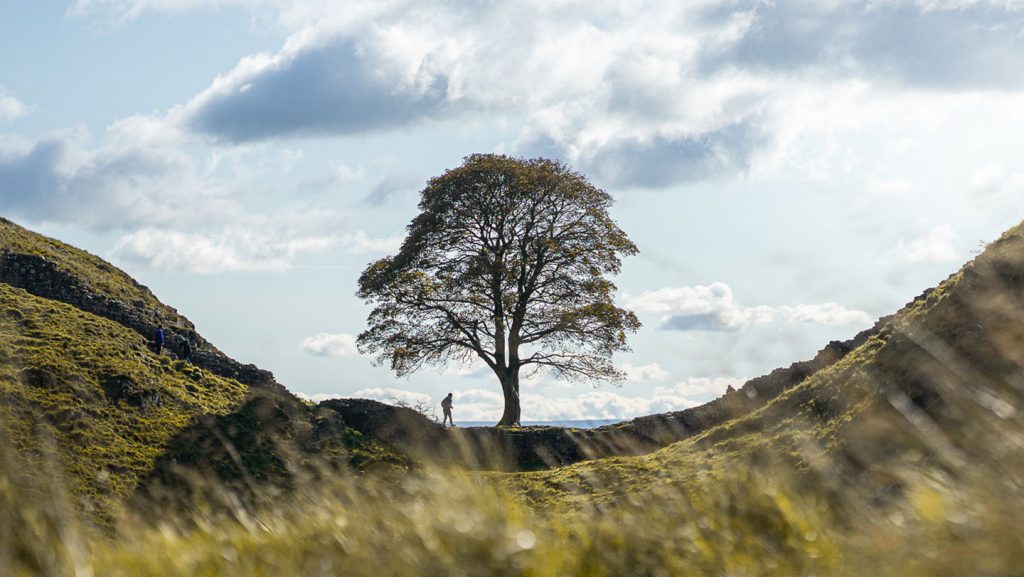The sycamore maple is a destructive weed that invaded Great Britain centuries ago, long before it was assigned a scientific name. The tree arrived from Central Europe in 1613, and it took biologists 320 years to realize its invasive nature. A study published in Nature Ecology & Evolution reveals that this lag time between a plant’s harmless presence and its invasive behavior is not unique to the sycamore maple. About a third of the examined plant species showed this pattern, where they seemed harmless for years or even centuries before becoming invasive and causing havoc in their new environments.
Weed ecologist Mohsen Mesgaran from the University of California, Davis, warns against dismissing plants that appear harmless upon arrival in a new region. The study analyzed over a million data points from herbarium records across nine regions worldwide, showing that some destructive plants took more than 100 years to transition from being seemingly benign to invasive. These plants eventually started overpowering native species and disrupting local ecosystems. Mesgaran suggests that these plants may need time to establish themselves in a new environment before rapidly growing and dominating the area.
The study highlights the role of temperature changes in triggering the explosive growth of these plant species once they become invasive. As the planet warms and climate patterns shift, the risk of new invasive plant species becomes more significant. Invasion ecologist Shaun Coutts from the University of Lincoln in England emphasizes the importance of recognizing the potential threat posed by plants that initially appear harmless. Although only 35 percent of the studied plant species exhibited lag times before becoming invasive, this still represents a substantial number of potentially damaging introductions worldwide.
Mesgaran underscores the urgent need to avoid introducing plants outside their native habitats, emphasizing that past and present behavior of a species may not accurately predict its future impact as an invasive plant. He cautions against assuming that a plant with a harmless track record will continue to be benign, given the potential for unforeseen consequences once it becomes invasive. The study serves as a stark warning against reckless plant introductions, urging a cautious approach to safeguard ecosystems from the potential devastation caused by invasive plant species.















